Tabletop exercises allow researchers to explore options and test scenarios in fields from military strategy and cybersecurity to disaster response planning.
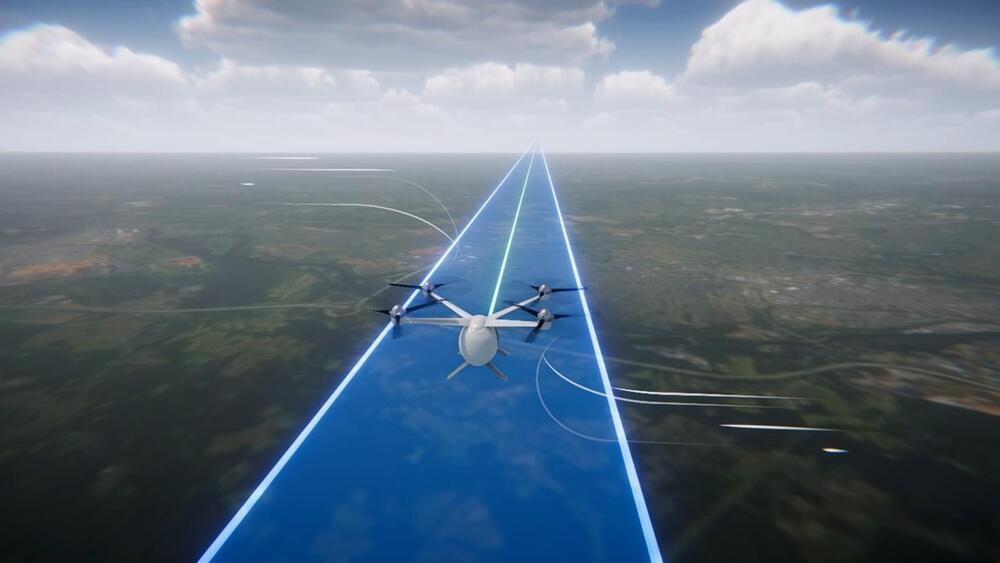

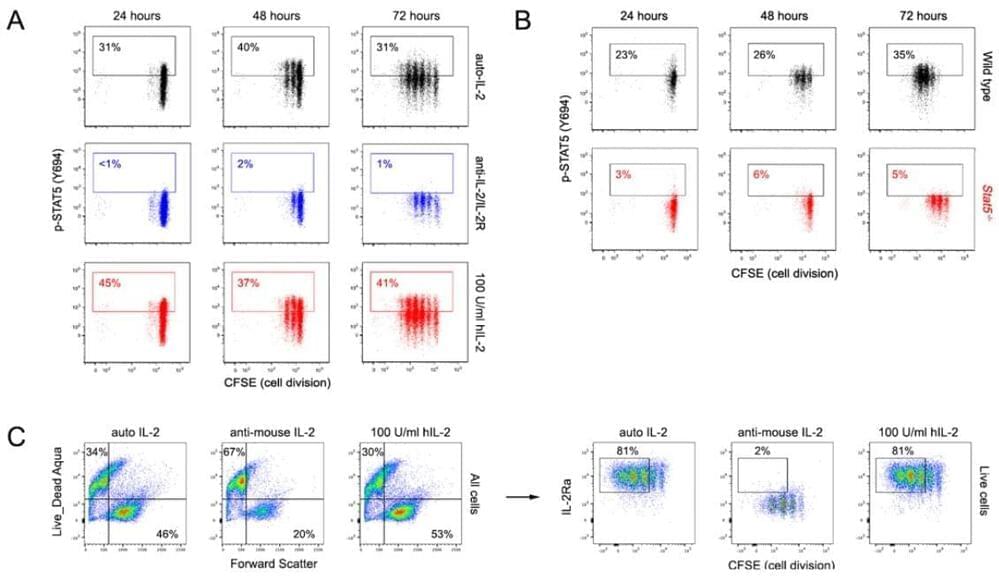
T cells aren’t the first immune forces on the scene, they arrive after being alerted by other immune system warriors that a microbe has invaded or a cancer has silently seeded.
Exactly how T cells obtain the energy they need to build a massive army in the face of infiltrators has been the subject of speculation, theory and decades-long laboratory inquiries.
Now, scientists are taking a deeper dive into the question, and their investigations are shedding new light on an array of dynamic biological activities that help bolster T cell populations. Their research demystifies how T cells can power their growth and proliferation when disease emerges and T cell strength is in greatest need.
After a successful test flight of NASA’s Artemis-1 moon mission, the space agency now turns its attention to returning Americans to the moon within two to three years. But the U.S. is not the only country with lunar ambitions. China is aggressively pursuing it own plans to land astronauts on the moon and build out a permanent base. Both countries openly talk about the need to have a military presence in space to defend against the other. Already, a dangerous cold war cat-and-mouse game involving U.S., Russian and Chinese satellites plays out every day. NBC News goes in-depth to explore the challenges in a potential battlefield that is complex, congested and contested.
» Subscribe to NBC News: http://nbcnews.to/SubscribeToNBC
» Watch more NBC video: http://bit.ly/MoreNBCNews.
NBC News Digital is a collection of innovative and powerful news brands that deliver compelling, diverse and engaging news stories. NBC News Digital features NBCNews.com, MSNBC.com, TODAY.com, Nightly News, Meet the Press, Dateline, and the existing apps and digital extensions of these respective properties. We deliver the best in breaking news, live video coverage, original journalism and segments from your favorite NBC News Shows.
Connect with NBC News Online!
NBC News App: https://smart.link/5d0cd9df61b80
Breaking News Alerts: https://link.nbcnews.com/join/5cj/breaking-news-signup?cid=s…lip_190621
Visit NBCNews. Com: http://nbcnews.to/ReadNBC
Find NBC News on Facebook: http://nbcnews.to/LikeNBC
Follow NBC News on Twitter: http://nbcnews.to/FollowNBC
#SpaceForce #NASA #Space
A few weeks ago, the Defense Advanced Research Projects Agency (DARPA) quietly unveiled a new high-speed missile program called Gambit. The program is meant to leverage a novel method of propulsion that could have far-reaching implications not just in terms of weapons development, but for high-speed aircraft and even in how the Navy’s warships are powered.
This propulsion system, known as a rotation detonation engine (RDE), has the potential to be lighter than existing jet engines while offering a significant boost in power output, range, and fuel efficiency.
The Gambit missile is just one of a number of programs placing a renewed focus on RDE technology, though for the most part, these systems have managed to fly under the media’s radar.
Follow Dr. Chris Combs on Twitter: https://twitter.com/DrChrisCombs.
Follow Steve Trimble: https://twitter.com/TheDEWLine.
📱 Follow Sandboxx News on social.
Twitter: https://twitter.com/sandboxxnews.
Instagram: https://instagram.com/sandboxxnews.
Facebook: https://facebook.com/sandboxxnews.
TikTok: https://www.tiktok.com/@sandboxxnews.
📱 Follow Alex Hollings on social.
2023 | Subscribe ➤ https://abo.yt/ki | Cillian Murphy Movie Trailer | Theaters: 21 Jul 2023 | More https://KinoCheck.com/movie/2h6/oppenheimer-2023
The story of J. Robert Oppenheimer’s role in the development of the atomic bomb during World War II.
Oppenheimer rent/buy ➤ https://amzo.in/se/Oppenheimer.
Most popular movies right now ➤ https://amzo.in/bestsellermovies.
Most wanted movies of all time ➤ https://amzo.in/wishlistmovies.
Oppenheimer (2023) is the new drama starring Cillian Murphy, Emily Blunt and Robert Downey Jr… Note | #Oppenheimer #Trailer courtesy of Universal Pictures. | All Rights Reserved. | https://amzo.in are affiliate-links. That add no additional cost to you, but will support our work through a small commission. | #KinoCheck®
Note | #Oppenheimer #Trailer courtesy of Universal Pictures. | All Rights Reserved. | https://amzo.in are affiliate-links. That add no additional cost to you, but will support our work through a small commission. | #KinoCheck®

The three major lessons on energy security.
On October 19, European Commission president Ursula von der Leyen announced that the EU had replaced two-thirds of its Russian gas imports since February by switching to other suppliers. Such a turnaround seemed unattainable last spring when the invasion of Ukraine turned Moscow from an EU business partner into a military threat.
Despite the EU’s reduction of its energy dependence on Russia, there is work to be done in the long term. To achieve autonomy from Russian energy, the Union could learn from the experience of one of its members, Lithuania – a country which, since declaring its independence from the USSR in 1990, has been able to adapt to a complex geopolitical context to ensure its energy security.
The Lithuanian case has three major lessons.
Lesson 1: Don’t give up nuclear power
Lithuania’s path to energy independence has not been easy.
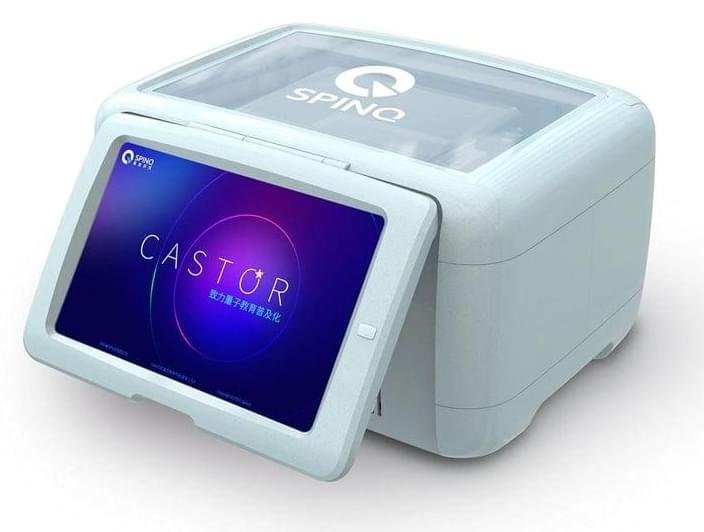
Switch-Science has just announced a trio of quantum computing products that the company claims are the world’s first portable quantum computers. Sourced from SpinQ Technology, a Chinese quantum computing company based in Shenzen, the new quantum computing products have been designed for educational purposes. The aim is to democratize access to physical quantum computing solutions that can be deployed (and redeployed) at will. But considering the actual quantum machinery on offer, none of these (which we’re internally calling “quantops”) are likely to be a part of the future of quantum.
The new products being developed with education in mind shows in their qubit counts, which top out at three (compare that to Google’s Sycamore or IBM’s 433-qubit Osprey Quantum Processing Unit [QPU], both based on superconducting qubits). That’s not enough a number for any viable, problem-solving quantum computing to take place within these machines, but it’s enough that users can program and run quantum circuits — either the integrated, educational ones, or a single custom algorithm.
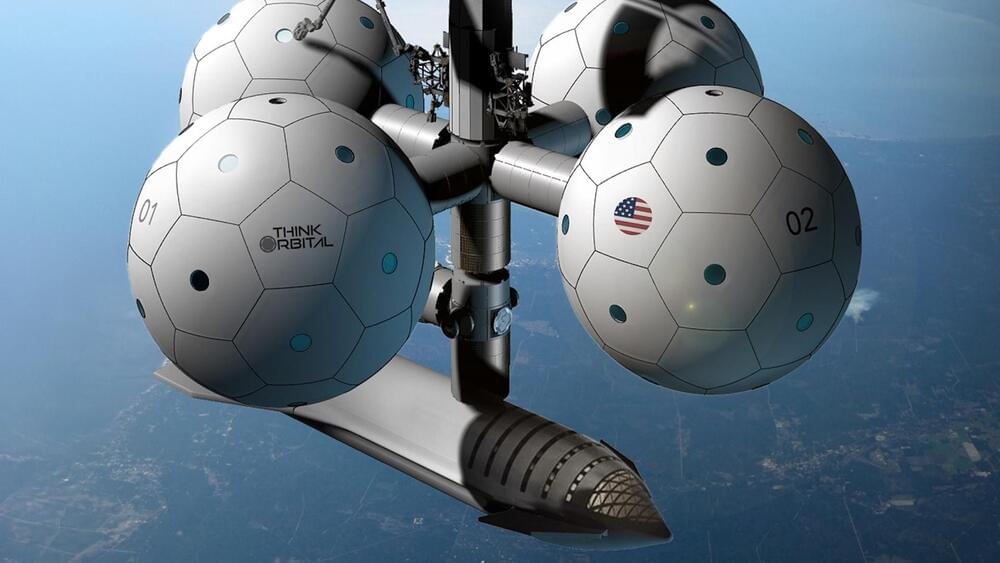
“This platform can be for manufacturing, human habitation, military applications, and whatnot.”
In-space manufacturing will form a massive part of the future of space exploration as it massively reduces the cost of launching otherwise fully-built structures to orbit and beyond.
Not only that, one of its co-founders says it could be compatible with SpaceX’s in-development fully reusable Starship rocket, which could eventually take humans to Mars.
ThinkOrbital.
ThinkOrbital is developing an orbital platform that could eventually be used to manufacture products in space and also tackle the growing space debris problem, as per a report from SpaceNews.
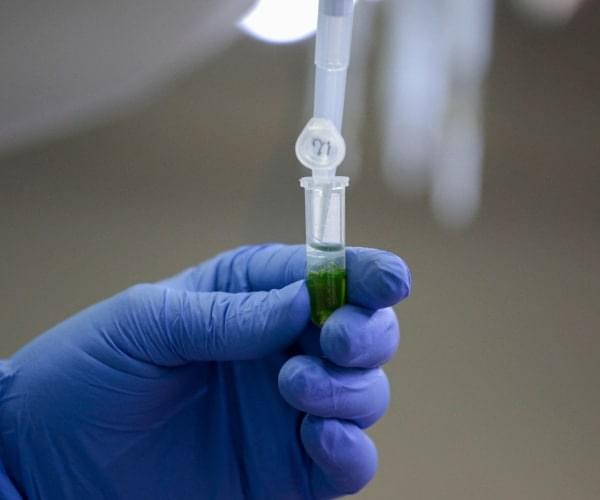
A study published Wednesday in the JAMA Psychiatry journal shows that four key genetic variations are more common in military veterans who have taken their own life or considered it.
Scientists from Duke University in Durham, North Carolina, found the pattern while analyzing blood samples from a database that included 633,778 U.S. veterans, cross-referenced with the International Suicide Genetics Consortium of more than 549,000 individuals.
The obtained samples were sequenced to create genetic profiles compared to participants’ medical records, showing that 121,211 recorded cases of attempted suicide or thoughts about killing themselves.
These Remote Carriers will supplement manned aircraft and support pilots in their tasks and missions.
A group led by Airbus has successfully tested the launch and operation of a Remote Carrier flight test demonstrator, a modified Airbus Do-DT25 drone, from a flying A400M.
The project, jointly developed with Germany’s Bundeswehr, the German Aerospace Center DLR, and German companies SFL and Geradts, aims to supplement the upcoming European sixth-generation fighter jet, part of the Future Combat Air System (FCAS). “Multiplying the force and extending the range of unmanned systems will be one of the future roles of Airbus’ military transport aircraft in the FCAS,” said in a release.